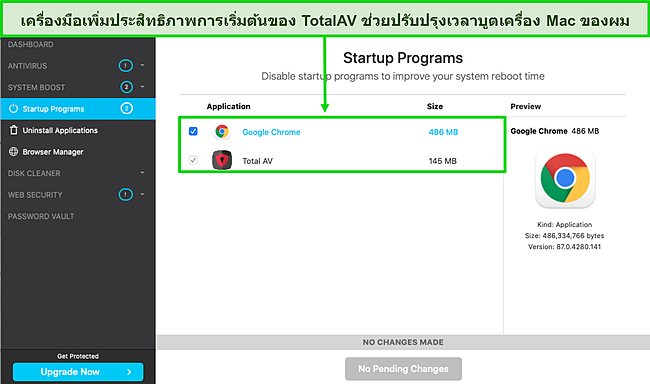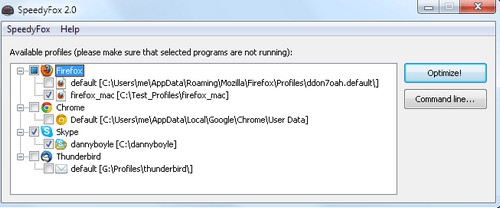
Here's how you can check if you need an update:

This ensures you have all the latest bug fixes and features to keep Chrome running smoothly. Keep Chrome updatedĪnother simple way to reduce Chrome memory usage is to make sure you keep your browser updated with the latest available version. Take a look right now: how many tabs have you got open? If there are more than 9 of them, close unnecessary ones and bookmark the tabs you may still need. Did you know that 10 open tabs can use up to around 1.5GB of memory? The more tabs you have open in your browser, the more resources they use. It's kind of an obvious point, but still worth saying. Go through your extensions and press Remove to delete unnecessary ones. In Chrome, paste this into the search box: chrome://extensions Disable extensionsĬhrome is known for its endless collection of extensions, but the question is, are they necessary?Įxtensions require resources to run and can contribute up to half a gigabyte to the memory usage, so it's worth checking which ones you really use and removing old or unnecessary ones to limit Chrome memory usage.

CHROME FOR MAC OPTIMIZER HOW TO
Now we've reclaimed some RAM, it’s time to learn how to reduce Chrome memory usage.
CHROME FOR MAC OPTIMIZER FREE
Press View All Tasks and select Free Up RAM.

CHROME FOR MAC OPTIMIZER DOWNLOAD
Launch the app - download the free version here. Notarized by Apple, this effective tool can reclaim RAM instantly here's how: That's why I prefer to use a dedicated tool like CleanMyMac X to free up RAM with its Maintenance module and get straight to work. If it's just an application, then it will remain closed.ĭigging through the list of active apps and processes may be time-consuming. Tip: If you close a critical process, it will restart. If you have any crashed applications, they will be highlighted in the list close these down too. Look for any other applications or processes using considerable memory or CPU and select the "X" at the top to quit the process. Open Activity Monitor (Finder > Applications > Utilities) Here’s how to quit resource-heavy processes and free up some RAM: RAM is what gives your applications room to store all of your Mac's active temporary data when your Mac starts to get low on available RAM, your Mac will become very slow. When Chrome is eating up your memory, knowing how to free up RAM (random access memory) will help you reduce CPU usage. How to limit Chrome memory usage Free up RAM If so, it's time we look at how to reduce Chrome memory usage. Is Chrome top of your list? You might notice multiple entries for Chrome, with each process eating up valuable CPU and RAM. Toggle between the CPU and Memory tabs to see which processes are eating your resources. Then select Utilities > Activity Monitor. Open a Finder Window and select Applications.

The first thing to do is check Chromes usage with Activity Monitor here's how: So, if you're wondering, how can I make Chrome use less memory? Keep reading. Thankfully, there’s plenty of ways to resolve the issue. Recent research claims that Chrome uses up to 10x more memory than Safari when browsing on macOS Big Sur.Ĭhrome can cause your macOS to underperform, and you might experience the following: Its speed, simplicity, endless features, and extensions make it the powerhouse of browsers, but this kind of performance comes at a high cost: Chrome consumes considerable CPU and RAM. Knowing how to reduce Chrome memory usage is a valuable skill if Chrome is your browser of choice. Over the years, Google Chrome has gained the reputation of being resource-hungry.


 0 kommentar(er)
0 kommentar(er)
